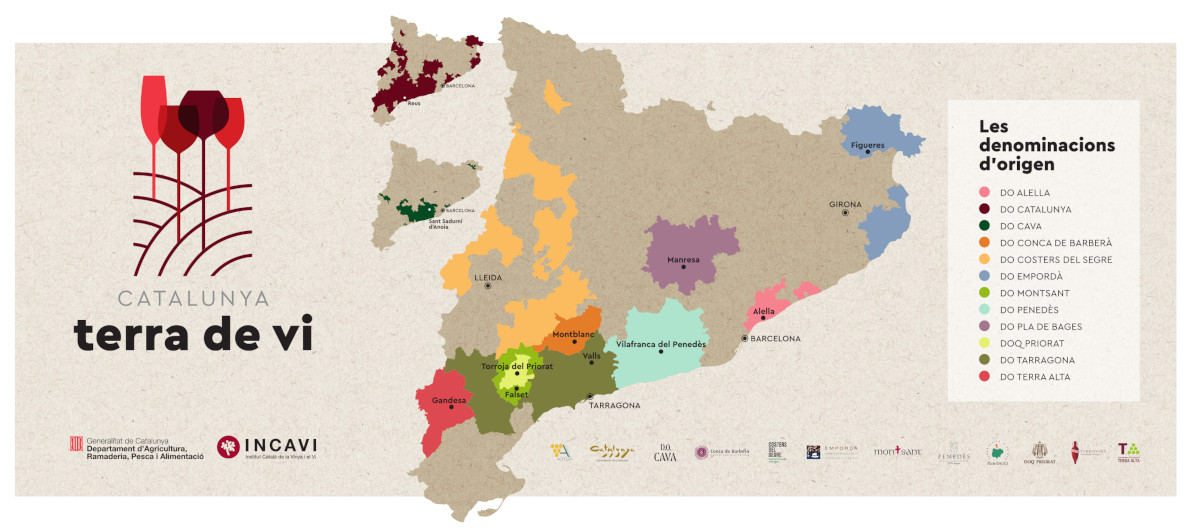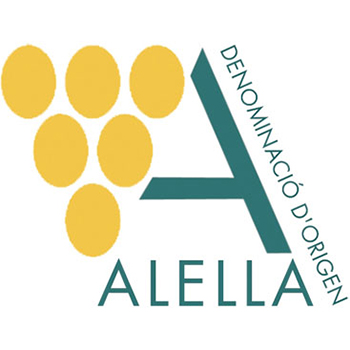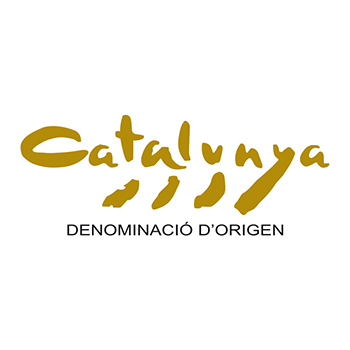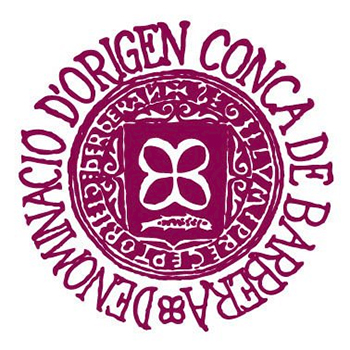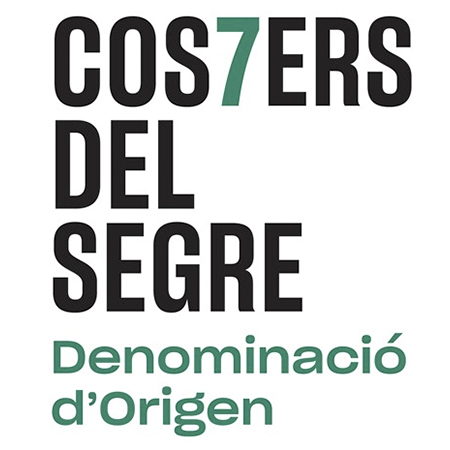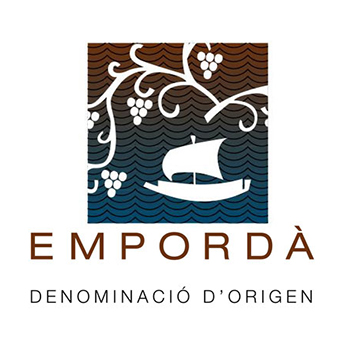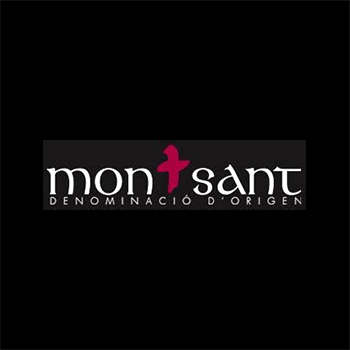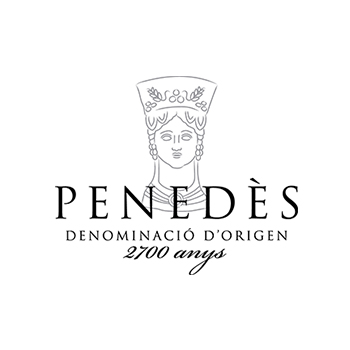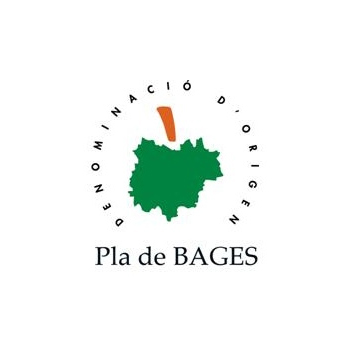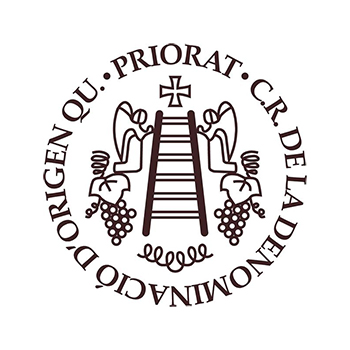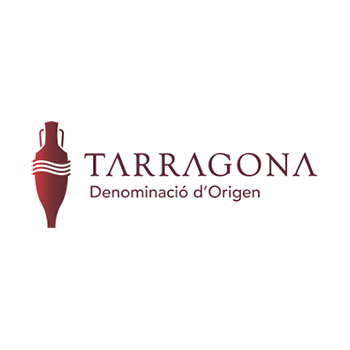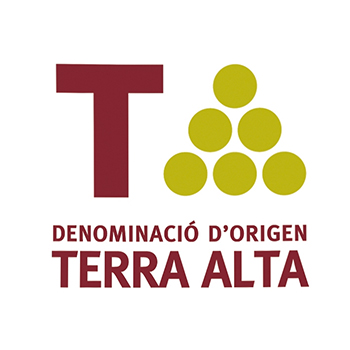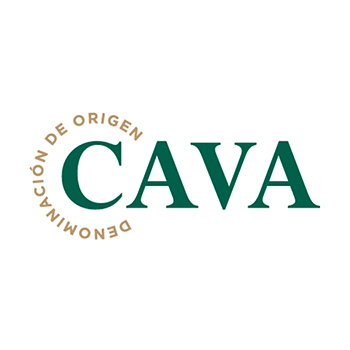Wine has been part of Catalonia and its culture, tradition and landscape for over 2.300 years. Vines already existed on the Iberian Peninsula, as can be seen in the remains of the Iberian settlements, although it did not quickly expand until the arrival of the Greek and Roman civilisations through Empuries and Tarraco. During the times of the Roman Empire, Catalan wine became highly renowned and one of the most appreciated of the time.
Since then, vine stocks, vines, cellars and wineries have shaped the environment and played a significant role in new forms of trade and in cultural and social development. The twelfth and thirteenth centuries saw a resurgence in the cultivation of vines and winemaking, prompted by monasteries such as the Benedictine monastery of Sant Pere de Rodes, the Cistercian monasteries of Poblet and Santes Creus, and the Carthusian monastery of Escala Dei. These helped to adapt some varieties of vine stock that are now the bases for great wines, and the development of a culture that has gone from strength to strength.
In the eighteenth and nineteenth centuries, vine growing became a driving force of the country’s economy as there was great demand for Catalan wines and liquors from America and the rest of Europe.
Catalonia contributes the differentiating factor of having twelve Denominations of Origin , so that Catalan wines enjoy a rich diversity .
Catalonia's wines currently have the recognition and appreciation of great specialists and critics for their strong expression of the new values of wine.
Key figures:
- 800 wineries
- 50,000 ha (30% ecological)
- 8500 viticulturists and viticulturists
- 4800 people work directly in the winemaking industry
- 204.5 million bottles of wine and cava are exported to 140 countries around the world
Designations of Origin

